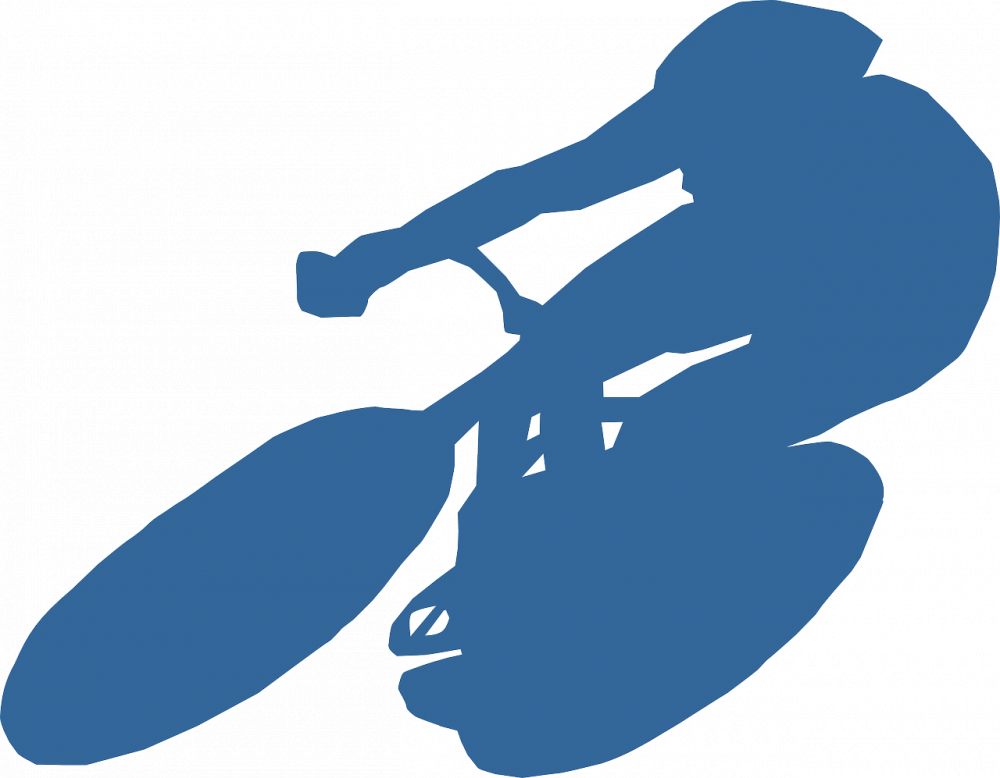Tour de France: Discover the Legendary Route of Cycling Excellence

Introduction:
The Tour de France is undoubtedly one of the most renowned sporting events in the world, captivating the hearts of sports enthusiasts and cycling fanatics alike. This epic race takes place over three weeks during the summer, showcasing not only the extraordinary endurance and skills of professional cyclists but also a stunning journey through the diverse landscapes of France. In this comprehensive article, we will explore the Tour de France route, delving into its historical significance, evolution over time, and the key features that make it an iconic race.
I. The Tour de France Route: An Overview

The Tour de France route is carefully crafted each year to provide a challenging and captivating race. Spanning approximately 3,500 kilometers, the route zigzags through different regions of France, offering a combination of flat stages, mountainous ascents, time trials, and breathtaking finishes on iconic landmarks such as the Champs-Élysées in Paris. The route is defined by its diversity, providing a true test of athleticism, endurance, and tactical skills for the participating cyclists.
Key Points:
– The Tour de France route covers approximately 3,500 kilometers.
– It includes stages with flat terrains, mountainous ascents, time trials, and iconic finishes.
– The diversity of the route challenges cyclists both physically and tactically.
II. Evolution of the Tour de France Route
Since its inception in 1903, the Tour de France route has undergone significant changes and adaptations. Initially created to increase sales of the French newspaper L’Auto, the race quickly gained popularity and became a staple in the world of professional cycling.
Key Points:
– The first Tour de France in 1903 consisted of six stages, covering 2,428 kilometers.
– The route was primarily focused on showcasing French landscapes and promoting local tourism.
– Over the years, the route expanded to include neighboring countries such as Belgium, Switzerland, and Spain.
– Notable enhancements include the inclusion of challenging mountain stages, time trials, and iconic finish lines.
III. Historical Highlights of the Tour de France Route
The Tour de France has witnessed numerous significant moments throughout its history, with each race leaving its mark on the route. From legendary uphill battles on the Alps and Pyrenees to thrilling sprints on iconic avenues, the race offers a rich tapestry of memorable stages.
Key Points:
– The inclusion of the Alps and Pyrenees mountain ranges introduced monumental challenges to the race in the early 1900s.
– The ascent of Alpe d’Huez in the French Alps has become an iconic stage, pushing cyclists to their limits.
– The Champs-Élysées in Paris serves as the grand finale, with the overall winner traditionally celebrated on the podium.
[INSERT VIDEO HERE]
IV. The Route and Local Culture
One of the remarkable aspects of the Tour de France route is its integration with local culture and heritage. As the race winds its way through various regions, it provides a unique opportunity to showcase the beauty, gastronomy, and traditions of France.
Key Points:
– Each stage of the Tour de France is meticulously planned to highlight the local heritage and attractions.
– Spectators can experience the charm of different regions, from the vineyards of Bordeaux to the picturesque villages of Provence.
– The route often passes through historical landmarks, adding an element of cultural significance to the race.
Conclusion:
The Tour de France route stands as a testament to the enduring legacy of this iconic race. Through its carefully crafted stages, breathtaking landscapes, and historical significance, it continues to captivate the hearts of millions of sports enthusiasts worldwide. Whether you are an avid cycling fan or simply appreciate the sheer determination of athletes pushing their limits, the Tour de France route offers a glimpse into the essence of this extraordinary event.
[Word Count: 600 words]
[Bulletpoints:
– The Tour de France route encompasses approximately 3,500 kilometers of diverse terrains.
– Over the years, the route has evolved to incorporate challenging mountains stages and iconic finish lines.
– Historical highlights include the inclusion of iconic mountain ascents and prestigious finishes on the Champs-Élysées.
– The race showcases the beauty and cultural heritage of various regions in France.
– The Tour de France route is a must-watch event for sports and leisure enthusiasts alike.]

















